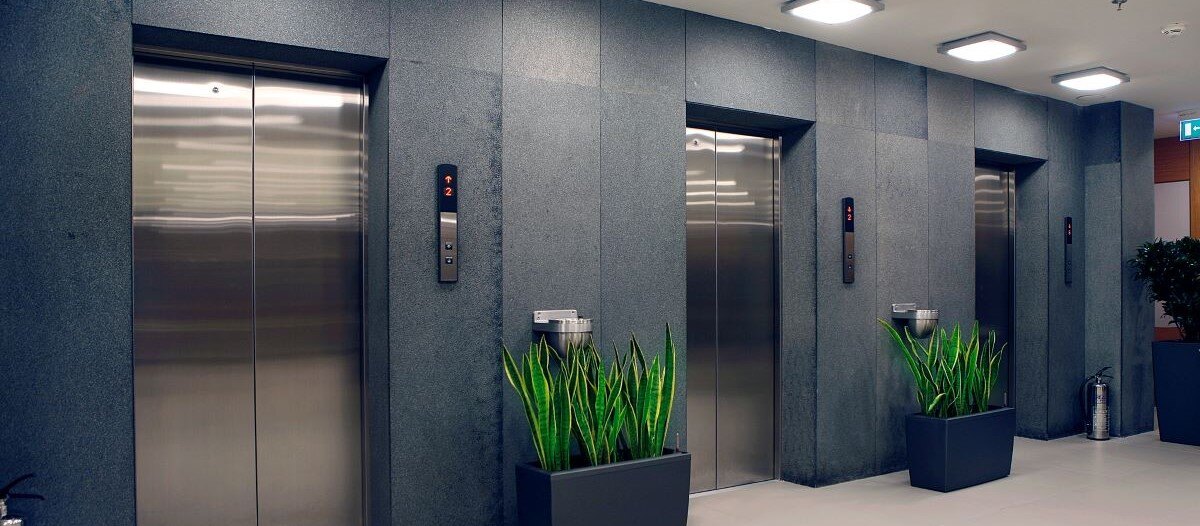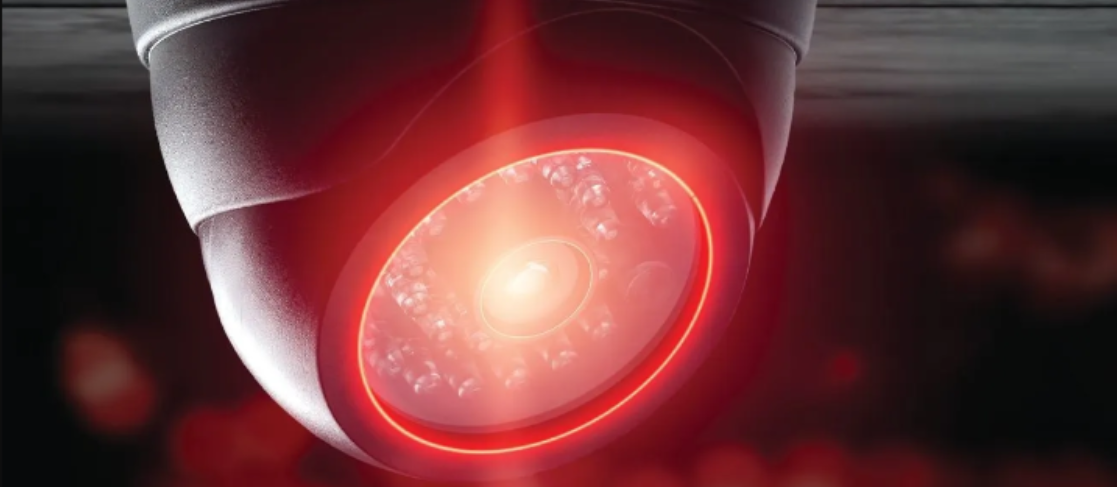Ascending to Success
Smoother operations & greater safety through elevator maintenance

Chances are that facility managers of multistory properties have been slowed down by elevators that operate inconsistently or break down altogether. These complications are not just minor headaches – they can potentially bring passenger traffic to a grinding halt. However, there is an opportunity to optimize elevator uptime by simply mitigating possible damage or breakage and recognizing easily overlooked signs of a larger problem down the road. By understanding the potential impact of visible elevator technology on a system’s overall operations, FMs can prevent expensive repairs and extend the lifespan of the elevator.
Consistent, smooth operation of a facility’s elevators is critical to both accessibility and convenience, and it can only be achieved through the regular, professional, dependable services of a high-quality elevator maintenance service provider. Contracted technicians will have the certification and safety knowledge needed to work with heavy machinery and interact with the less visible parts of the elevator. Routine inspections include periodically checking the cables and wiring for loose connections or visible damage to ensure safety and reliability. A certified technician can also check critical components on the cab roof and in the hoistway, as well as emergency hatches for accessibility and functionality, while utilizing safety equipment and adhering to standard operating procedures.
While any mechanical and electrical components of an elevator must be left to the professionals, major equipment breakages are not the only causes of a malfunction. The more obvious technical elements on the interior and exterior of an elevator cab, from safety devices to control panels, can interfere with elevator functionality if they are not maintained properly. Even issues that may seem merely aesthetic or a minor inconvenience can cause damage or delay to elevator operations and possibly lead to a system breakdown. FMs can improve the long-term health of their elevator systems by understanding the main components of the elevator system and securing regular preventive maintenance from a trusted service provider.
The benefits of preventive maintenance
Preventive maintenance reduces the risks of breakdowns and costly repairs. It ensures any smaller problems get addressed before passengers even notice that anything is wrong. By staying vigilant and conducting occasional inspections internally, FMs can reduce the downtime that comes with unexpected breakdowns, minimize the risk of accidents and extend the equipment’s lifespan – all of which can result in cost savings.
Some of the simplest routine inspections include:
- Safety devices. Door sensors, emergency stop buttons and interlocks are all designed to help keep passengers safe; but if they are functioning incorrectly, they can affect elevator function as well as safety. FMs should perform periodic spot checks of emergency systems, such as making sure the call button reaches an operator and that any door sensors are reacting to movement as the doors open or close.
- Control panels are essential for elevator operation and user interface. Simply testing each of the buttons for ease of use and responsiveness on a regular basis will help curb or identify any potential issues.
Door maintenance: When simple fixes are overlooked
Faulty door operations are the most frequent cause of disruptions to elevator services and can often be prevented. FMs can take several measures to minimize such issues. Start by inspecting the door tracks for any obstructions, including everyday debris, that may impede smooth opening and closing. Tenants and guests should be reminded, via signage, to avoid placing objects in the tracks or propping the doors open, as opposed to holding the door open using the appropriate button on the interior panel. What might be viewed as a simple convenience to make sure passengers can enter or a large object can be carried into the cab can instead increase wear and tear on the door system and lead to prolonged downtime for servicing.
Evaluating ride safety
An easy way to assess the overall performance of an elevator system is to simply take a ride and see if anything unusual is heard or felt. There are many indicators of potential problems that can easily go overlooked and can benefit from being called to the attention of an elevator technician as soon as possible to prevent ride delays or broken equipment. Make a complete elevator journey, from top to bottom, stopping at each floor, using every elevator in the bank. The following variables can indicate problems with the equipment and should be reported as soon as possible to a technician.
- Smoothness of the Ride: Elevator rides should always be smooth. Any unexpected vibrations or jolts may indicate underlying mechanical issues that require attention.
- Audible Signs: Unusual noises can be an early indication of potential problems that need addressing.
- Start and Stop Quality: A jerking motion while starting, stopping or both could mean the elevator is improperly aligned or that there are braking issues.
- Consistent Speed: Inconsistent speeds can indicate system performance irregularities.
- Floor Differences: Uneven stops or irregularities on certain floors may signify mechanical or alignment problems that should be reported to a technician.
When only a technician will do
Most aspects of an elevator’s technology and equipment must be left to professionals, such as the components of the machine room – including elevator controllers, pump unit and generators – and the area beneath the elevator, known as the pit. These are high-risk areas for any untrained and uncertified person, but FMs can keep these spaces running efficiently. Machine rooms should be kept clean and regularly checked for anything that could affect the equipment, including structural damage and leaks. If any debris happens to fall through the shaft into the pit, this should be reported to a professional to retrieve.
Modernization as maintenance
If problems are frequent, even with diligent upkeep and regular professional inspections, an elevator professional can help assess and determine what elements of a system could benefit from modernization, to keep a facility running smoothly. Modernization does not have to mean a complete upgrade of an elevator system, especially if the property has implemented regular upkeep and professional maintenance.
Sometimes even one modernization element can make a significant difference. Smart technologies or relatively simple improvements such as an updated control system can enable the real-time monitoring of elevator conditions, and provide valuable data on usage patterns, performance metrics and potential malfunctions. This data-driven approach enables predictive maintenance, in which proactive measures can be taken to address issues before they cause disruptions. These investments can significantly enhance both the operational efficiency and safety of a building.

Michael Hoover is senior vice president of business development at American Elevator Group (AEG), where he manages sales and business development programs for key accounts across the AEG network of companies. An industry entrepreneur with more than 35 years of experience, Hoover is a trusted authority on elevator equipment and maintenance.
Read more on Operations & Maintenance , Technology and Occupancy & Human Factors
Explore All FMJ Topics









